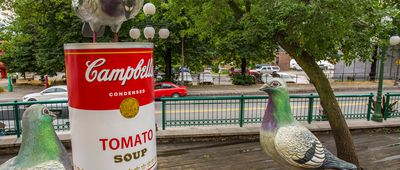Marvelous Mushrooms
It’s neither plant nor animal, it can glow in the dark, and it can be deadly. No, not aliens. We’re talking about mushrooms — those strange, mouthwatering morsels that grow in the depths of the forest. But the more you learn about fungi, the more they do sound like extraterrestrial organisms pulled straight from the pages of a sci-fi novel. Here’s a list of the weirdest, most compelling mushroom facts that’ll leave you with an appreciation for the bizarre and fascinating world of fungi.





























